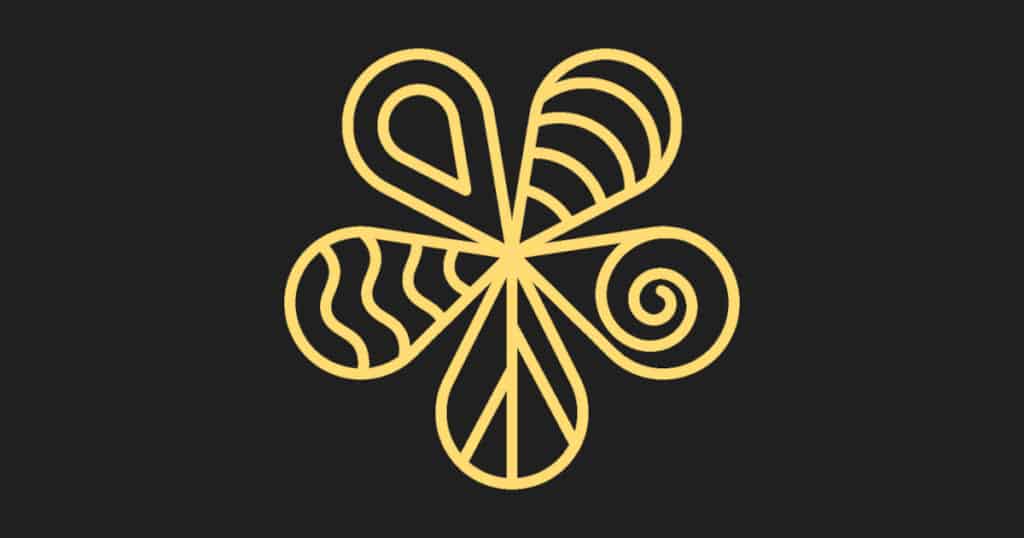The Mahabharata is a collection of hundred Parvas (or ‘sections’) that tell the story of a long-standing family feud between two sets of cousins – the Kauravas and the Pandavas – for control of the Kuru throne in Hastinapur.
The climactic event of the story is an eighteen-day war that happens between the two factions on the battlefield of Kurukshetra.
It is commonly understood that the Pandavas are the protagonists of this tale and the Kauravas the antagonists – though many retellings have appeared over the years that flip this structure.
In this post, we will summarize the Shraddha Parva.
(For a full summary of the Mahabharata with all hundred Parvas, see Mahabharata Summary: All 100 Parvas Explained.)
Krishna Consoles Gandhari
‘Arise, O Gandhari,’ says Krishna, walking up to the queen and helping her back onto her feet. ‘Do not set your heart on grief and anger. This vast slaughter has happened because of your fault too.
‘Your son Duryodhana was wicked, soulless, envious and arrogant. Applauding his deeds, you regarded them as good when he was alive. You turned a blind eye to his many sins, and now you pretend as if it has been my error all along.
‘Dead or lost, a person who grieves for the past stays in the past. Grief begets grief. It has been told in our scriptures that women of the regenerate class bear children for the practice of austerities.
‘A cow brings forth calves for bearing burdens. A mare delivers her young in order for them to acquire speed of motion. A Sudra woman bears children to add to the number of servitors. A Vaishya woman brings forth children to raise them to become keepers of cattle.
‘In the same way, the sons of a Kshatriya woman are destined to lose their lives in battle. Such is the way of the world. Why must you grieve when your sons embraced their destinies?’
Death Toll
Gandhari does not reply to this. Dhritarashtra then addresses Yudhishthir and asks him, ‘If, O son of Pandu, you know the answer, please tell me the number of men who have fallen in this battle, and also the number of those who have escaped with life.’
Yudhishthir replies, ‘One billion, 660 million and 20,000 men have died in this war, O King. And 240,165 men have escaped with life.’
Yudhishthir now reveals that there are levels which a warrior attains depending on the kind of death he encounters. ‘Those warriors of true powers who have cheerfully cast off their bodies have all attained the regions of Indra, O King,’ he says.
‘Those that have fallen on the edge of a weapon while turning away or while begging for mercy have reached the region of the Guhyakas. Those who, knowing death to be inevitable, embraced it cheerlessly are now sporting among the Gandharvas.
‘Those who refused to flee even when they were unarmed, and fulfilled their Kshatriya duties by encountering their foes without arms or armour, have reached the highest state – the state of Brahman.’
Funeral Rites
Dhritarashtra now instructs Yudhishthir to arrange for funeral rites of all the men who had died during the war.
Yudhishthir agrees, and commands his servants to assemble the required Brahmins who will perform the rituals on the bank of the Ganga.
With this, the Shraddha Parva ends.
